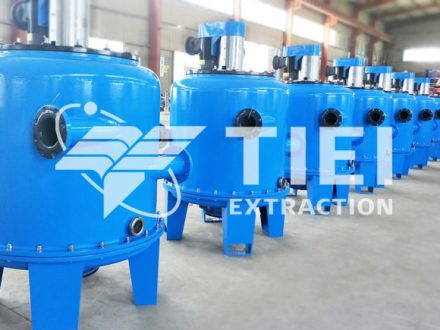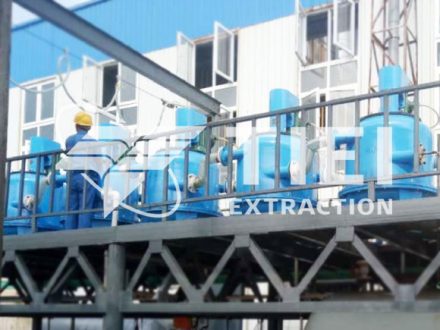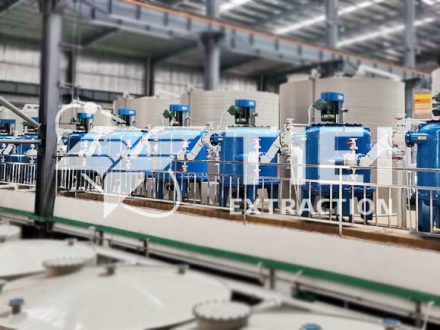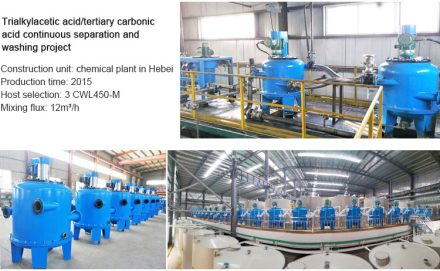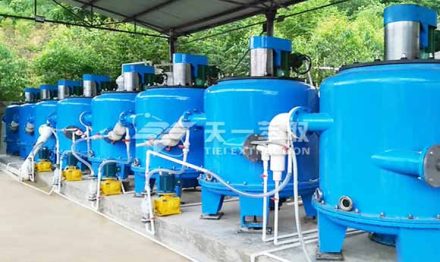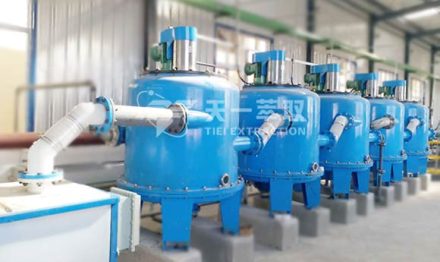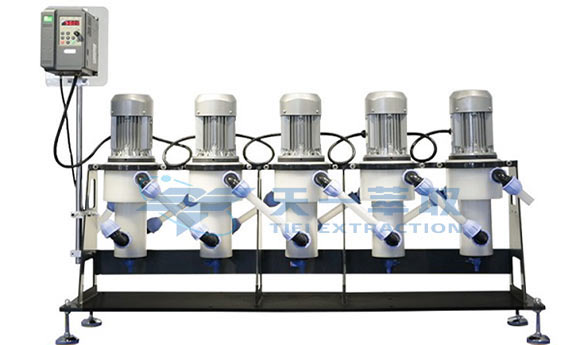
The countercurrent centrifugal extraction process is an efficient and precise liquid-liquid separation technology in the production of APIs, and is particularly suitable for processing heat-sensitive, difficult-to-separate or high value-added products. With its high efficiency, precise purification and green environmental protection, the countercurrent centrifugal extraction process has become one of the core technologies for the production of biopharmaceutical APIs.
Countercurrent Centrifugal Extraction Process
The countercurrent centrifugal extraction process combines the dual characteristics of countercurrent contact and high-speed centrifugal separation. Its core lies in the centrifugal force field generated by the high-speed rotation of the drum, which makes the immiscible liquid-liquid two phases (such as fermentation broth and extractant) form countercurrent contact, and the solute (such as the targe component) is repeatedly distributed between the two phases, and finally separated step by step according to the difference in distribution coefficient. Compared with the traditional extraction process, its mass transfer efficiency is improved by more than 30%, and the solvent residue is reduced to ppm level, which is especially suitable for high-viscosity biopharmaceutical systems.
Countercurrent centrifugal extraction process applied to API production
Purification of high-purity APIs: Fermentation broths in API production often contain impurities such as bacterial residues and by-products. Countercurrent centrifugal extraction can efficiently remove impurities through a multi-stage series design (usually 4-6 stages), so that the purity of the target component reaches more than 99.5%. For example, in the extraction of macrolide antibiotics, this process can increase the extraction rate to 98%, significantly reducing the energy consumption of subsequent crystallization steps.
Accurate separation of recombinant proteins and metabolites: For astaxanthin or recombinant proteins expressed by Pichia pastoris, the centrifugal extractor achieves efficient separation of the target product and cell fragments by optimizing the extractant (such as tributyl phosphate) and pH value, reducing the solvent usage by 60%, and the product is FDA certified.
Continuous production of pharmaceutical intermediates: Traditional intermittent reactors require multiple tank dumping, while countercurrent centrifugal extraction supports 24-hour continuous feeding.
Advantages of Countercurrent Centrifugal Extraction Process
- Efficient separation
Centrifugal force accelerates phase separation, and the processing time can be shortened to seconds (traditional static tanks require minutes to hours).
Applicable to easily emulsified systems (such as proteins and antibiotics) to solve the problem of phase separation. - Solvent consumption and cost optimization
The countercurrent design reduces solvent consumption by 30-50% and reduces waste liquid treatment costs.
The closed system reduces volatile losses and the solvent recovery rate is >95%. - Green and environmentally friendly
Low solvent residue (API residue in the raffinate phase <0.1%) reduces three waste emissions.
Energy consumption is 20-40% lower than traditional extraction.
Countercurrent centrifugal extraction technology has significantly improved the efficiency and quality of API production through engineering enhancement and precise process control. It is especially suitable for green manufacturing of high-purity, high-value APIs, and is one of the core technologies for the pharmaceutical industry to upgrade to continuous and intelligent production. In practical applications, it is necessary to optimize the small-scale test in combination with material characteristics (density difference, interfacial tension) to ensure process robustness.
Email: sales@tieiextraction.com
Whatsapp: +86 19069612820

